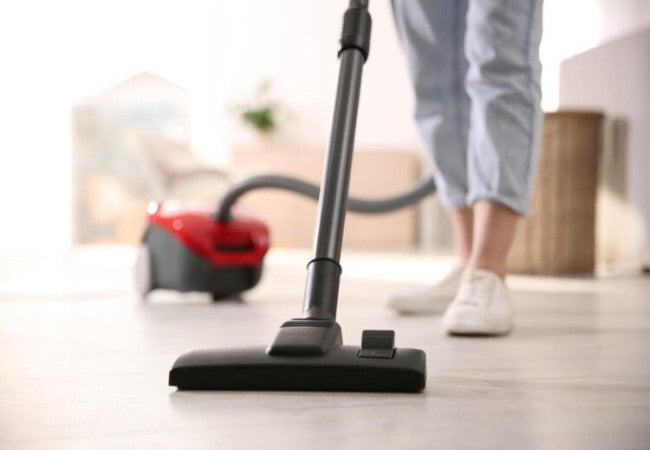Vet Approved Guide to Understanding and Overcoming Vacuum Anxiety in 2025 🐶🐾

In this article
Vet Approved Guide to Understanding and Overcoming Vacuum Anxiety in 2025 🐶🐾
By Dr. Duncan Houston BVSc
Many dogs exhibit fear or anxiety when the vacuum cleaner comes out. 🧹 Understanding the root causes of this fear can help pet parents address and alleviate their dog's distress. Let's explore why vacuums can be so frightening to our canine companions and how to help them feel more comfortable. 🐾
🔊 The Noise Factor
Vacuums produce loud, high-pitched noises that can be startling to dogs. 🐕 Their acute hearing makes them more sensitive to these sounds, which can lead to fear or anxiety. The sudden activation and unpredictable movement of vacuums can exacerbate this response. 🧠
👀 Unpredictable Movement and Appearance
From a dog's perspective, vacuums are large, unfamiliar objects that move erratically. 🧹 This unpredictability can be perceived as a threat, triggering a fight-or-flight response. The combination of noise and movement makes vacuums particularly intimidating. 😨
🧠 Past Negative Experiences
If a dog has had a negative experience with a vacuum—such as being startled while resting or having the vacuum come too close—it can create a lasting fear. 🐶 These associations can be strong, making it challenging for the dog to remain calm during future encounters. 🧠
🐕 Breed Sensitivities
Some breeds are more sensitive to sounds and movements due to their genetic makeup. 🧬 Breeds like Border Collies and German Shepherds, known for their heightened alertness, may be more prone to developing fears of household appliances like vacuums. 🐾
🛠️ Strategies to Alleviate Vacuum Anxiety
Helping your dog overcome their fear of vacuums involves patience and positive reinforcement. Here are some vet-approved strategies:
- Gradual Desensitization: Introduce the vacuum in a non-threatening way. Start by placing it in the room without turning it on, allowing your dog to explore it at their own pace. 🧹
- Positive Associations: Pair the presence of the vacuum with treats or playtime. This helps your dog associate the vacuum with positive experiences. 🎾
- Controlled Exposure: Once your dog is comfortable with the stationary vacuum, turn it on for short periods while offering treats and praise. Gradually increase the duration as your dog becomes more accustomed. 🐕
- Safe Spaces: Provide a quiet, comfortable area for your dog to retreat to during vacuuming. This can help reduce stress and give them a sense of security. 🏡
📱 Enhance Your Dog's Comfort with Trusted Resources
For personalized guidance and support, consider these resources:
- Ask A Vet: Connect with veterinary professionals for expert advice. 🩺
Empower your journey as a pet parent by downloading the Ask A Vet app today and ensure your furry friend thrives in 2025 and beyond! 📲🐾






